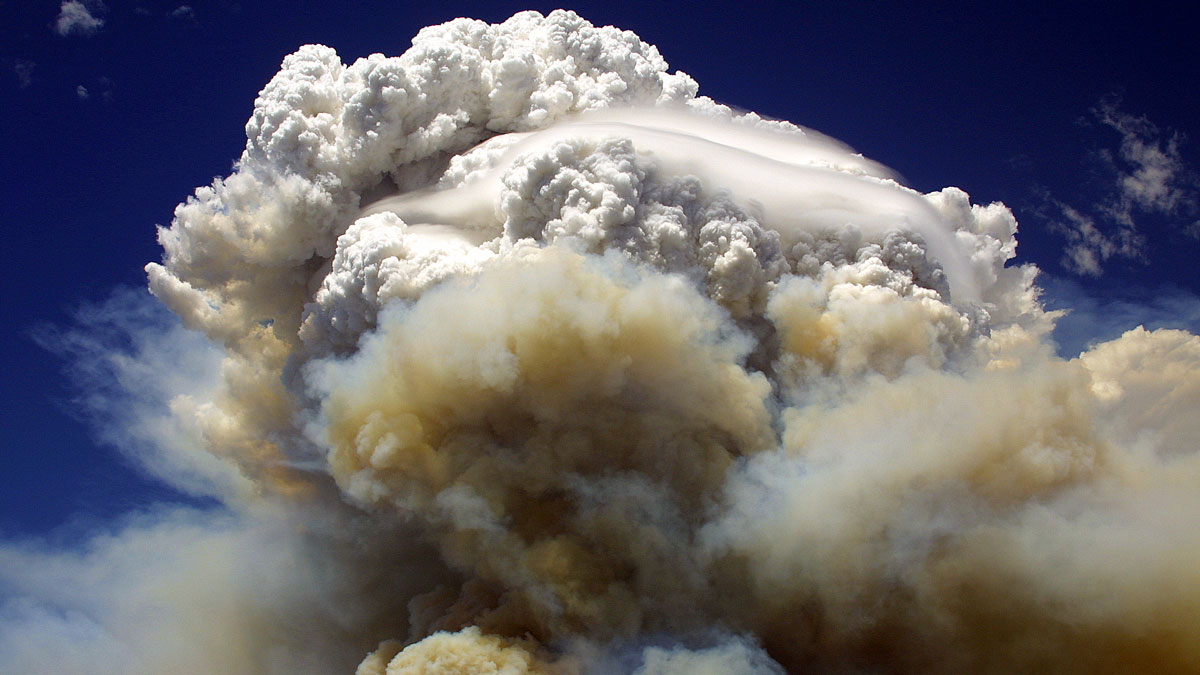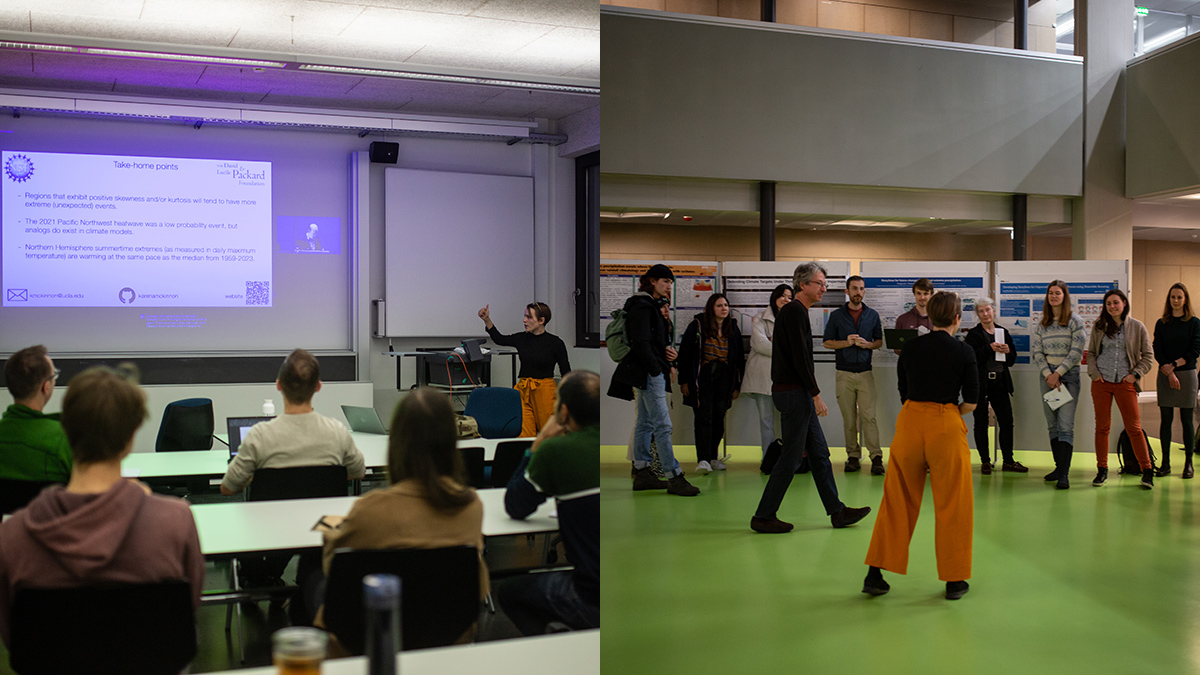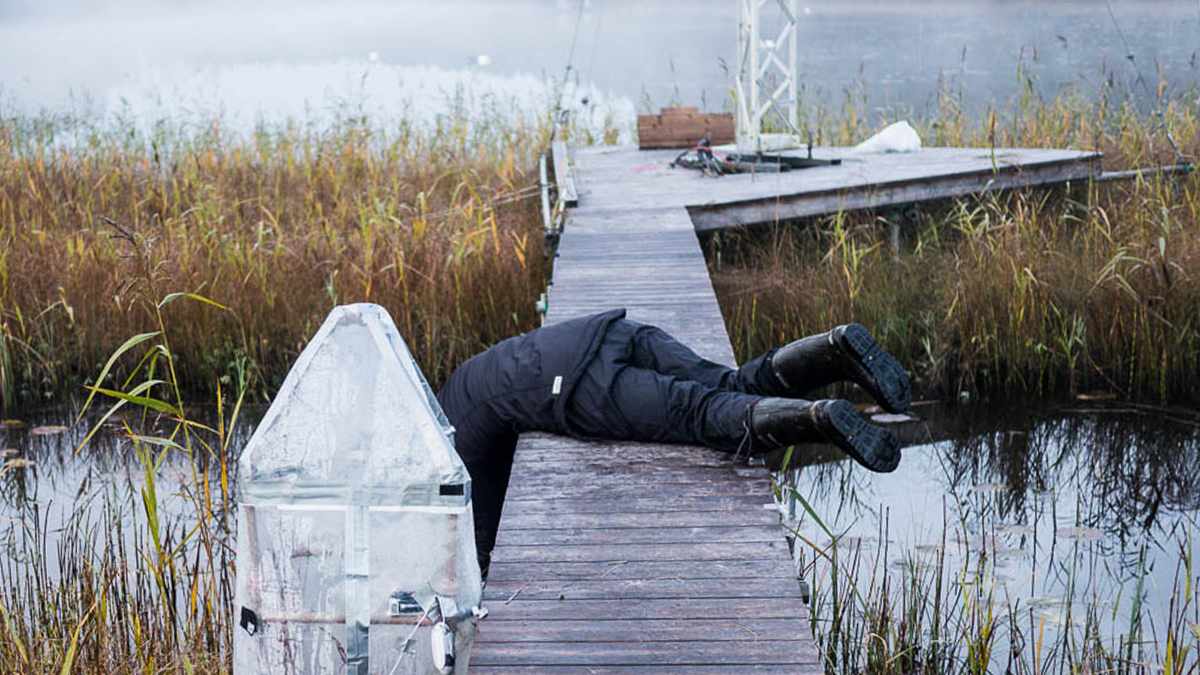The findings could help climate models be more accurate about warming projections.
carbon emissions
A More Sustainable Way to Attend Distant Science Conferences
For AGU’s annual meeting in 2023, a virtual hub in Zürich combined remote presentations and in-person viewing groups to reduce travel but keep in-person interactions.
Das Oktoberfest—viel Bierzeltdunst und Methan
Unvollständige Verbrennung und biogene Emissionen—Atemausstoß und Flatulenz—machen das Oktoberfest zu einer starken, wenn auch zeitlich begrenzten Quelle des potenten Treibhausgases.
Tree Mortality May Lead to Carbon Tipping Point in the Amazon by 2050s
A new study suggests drought conditions in the Amazon rainforest over the rest of the century.
The Role of Community Conversation in Improving Air Quality
Collaboration between academic researchers and environmental justice organizations is key to mitigating emissions.
The Invisible Hand of Carbon Dioxide on Forest Productivity
A statistically robust approach applied to long-term flux measurements quantifies forest ecosystem response to increasing atmospheric carbon dioxide, providing a valuable benchmark for climate models.
Investigadores desarrollan el primer presupuesto integral de gases de efecto invernadero de México
Un nuevo estudio profundiza en dos décadas de datos para crear una cuantificación integral de fuentes de carbono, metano y óxido de nitrógeno que podrían ayudar a guiar las políticas climáticas.
Fifty-Three Experts Weigh in on the Global Methane Budget
A survey of experts revealed that uncertainty in estimates of global methane levels stems largely from data on fresh water, vegetation, and coastal areas.
How Soil Symbionts Could Unlock Climate-Smart Agriculture
By tracing the evolutionary history of beneficial soil microbes, scientists hope to unearth a sustainable solution for producing food to feed a growing global population.










